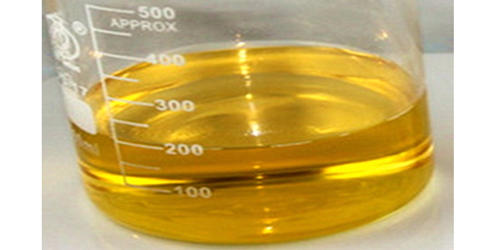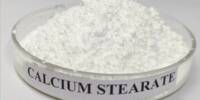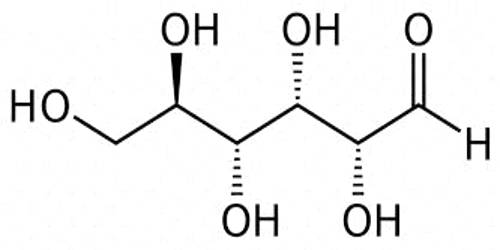Silicon oxynitride, also known as SiOxNy, is a ceramic material with the chemical formula SiOxNy. Because of its luminescence performance and tunable refractive index, it is a highly promising functional material with numerous applications in optical devices, nonvolatile memory, barrier layers, and scratch-resistant coatings. While its composition in amorphous forms can vary continuously between SiO2 (silica) and Si3N4 (silicon nitride), the only known intermediate crystalline phase is Si2N2O.
It can be synthesized in the laboratory and is found in nature as the rare mineral sinoite in some meteorites. It is an important inorganic material that has received a lot of attention due to its outstanding electronic and mechanical properties.
Properties
SiN3O tetrahedra are connected by oxygen atoms along the c axis and nitrogen atoms perpendicular to it to form the crystalline structure of silicon oxynitride. This structure’s strong covalent bonding results in high flexural strength and resistance to heating and oxidation up to temperatures around 1600°C.
Synthesis
Polycrystalline silicon oxynitride ceramics are primarily produced by nitridation of a mixture of Si and silicon dioxide at a temperature above the melting point of silicon (1414°C), in the range 1420–1500°C:
3 Si + SiO2 + 2 N2 → 2 Si2N2O
Silicon oxynitride materials of various stoichiometries may also form as a result of the pyrolysis of preceramic polymers such as polysilanes and polyethoxysilsesquiazane. The resulting SiON materials are known as polymer-derived ceramics or PDCs. Dense or porous Si oxynitride ceramics in complex forms can be obtained by using preceramic polymers and shaping techniques more commonly used for polymers.
Applications
Thin films of silicon oxynitride can be grown on silicon using a variety of plasma deposition techniques and used as a dielectric layer alternative to silicon dioxide and silicon nitride in microelectronics, with the advantages of low leakage currents and high thermal stability. Because these films have an amorphous structure, their chemical composition can deviate significantly from Si2N2O.
The refractive index of these films can be continuously tuned between ~1.45 for silicon dioxide and ~2.0 for silicon nitride by changing the nitrogen/oxygen ratio in these films. Gradient-index optics components, such as graded-index fibers, benefit from this property.
Metal atoms can be doped into silicon oxynitrides. The most common example is sialon, a quaternary SiAlON compound family. As phosphors, quaternary silicon oxynitrides containing lanthanide elements such as La, Eu, or/and Ce are used.















